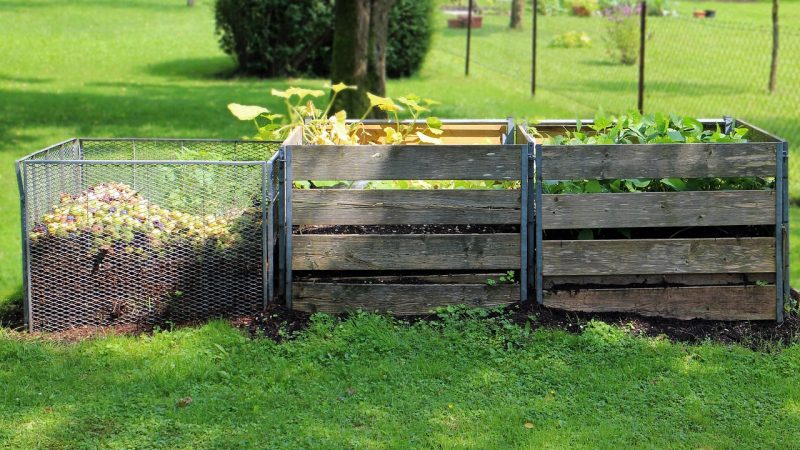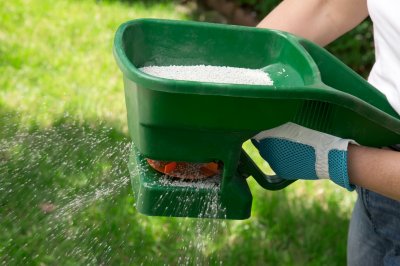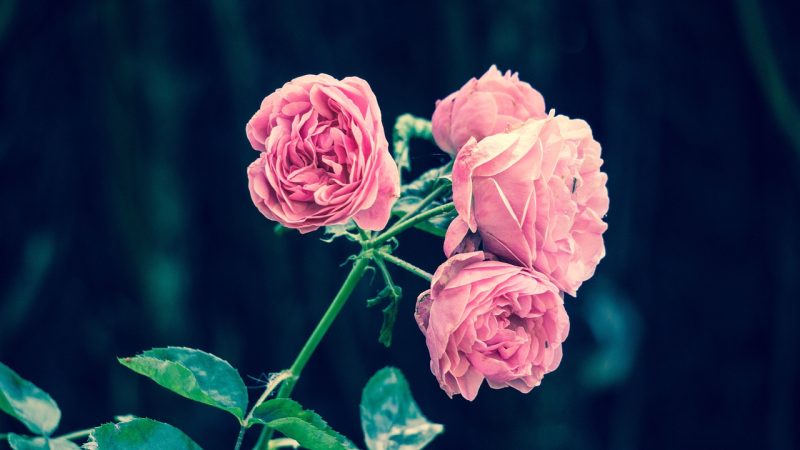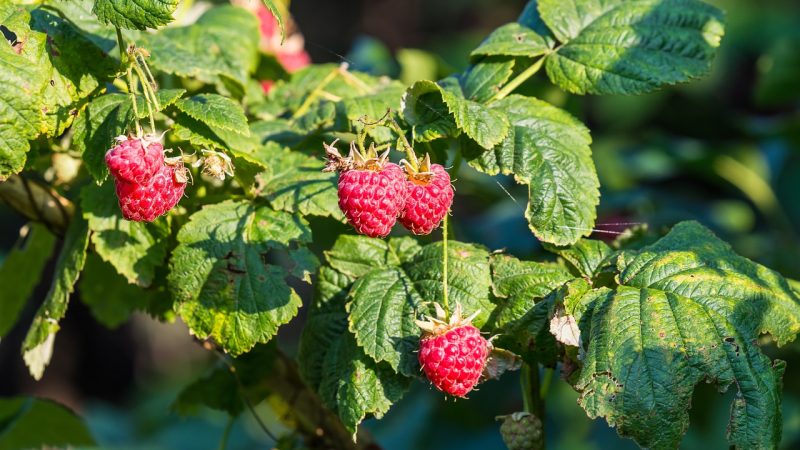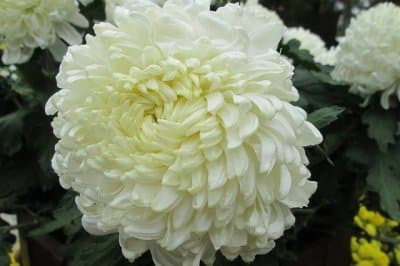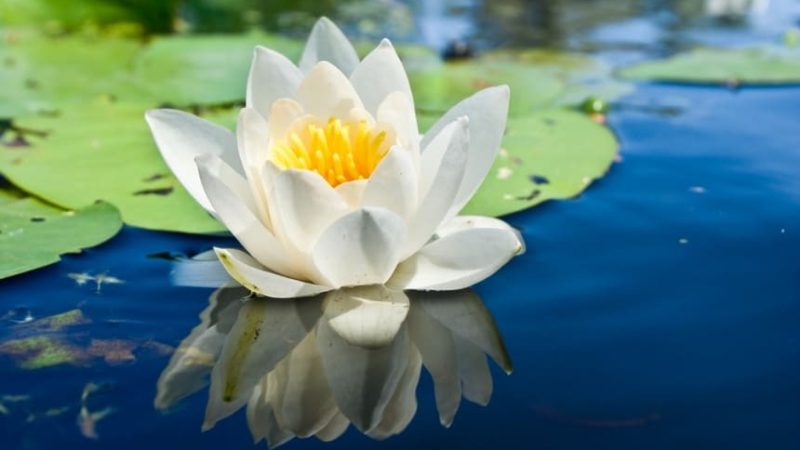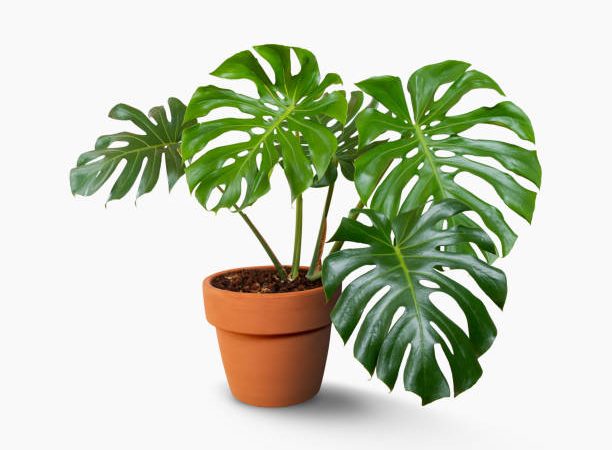Petunias can be easily grown from seeds, and here are some steps to follow for petunia seeding:
- Choose the right time to plant: Petunias are warm-season annuals and are typically planted in the spring after the last frost date has passed. They can also be planted in the fall in warmer climates.
- Prepare the soil: Petunias require well-draining soil with a pH between 6.0 and 7.5. Work in compost or other organic matter to improve soil fertility.
- Start the seeds indoors: Sow petunia seeds in seed-starting trays or small pots filled with a good-quality seed-starting mix. Cover the seeds lightly with soil, mist with water, and keep the soil moist until the seeds germinate.
- Transplant seedlings: When the seedlings are 2-3 inches tall and have at least two true leaves, they are ready to be transplanted. Harden off the seedlings by gradually exposing them to outdoor conditions for a few days before planting them in the garden.
- Plant seedlings: Plant petunia seedlings in well-draining soil, spacing them about 6-12 inches apart, depending on the variety. Water well after planting.
- Care for the plants: Water the petunias regularly, keeping the soil evenly moist. Fertilize every two weeks with a balanced fertilizer to encourage healthy growth and blooming. Deadhead spent blooms regularly to encourage more flowers.
- Enjoy the flowers: Petunias will start blooming about 10-12 weeks after planting and will continue blooming throughout the growing season. They come in a wide variety of colors and can be used in beds, borders, hanging baskets, and containers.


